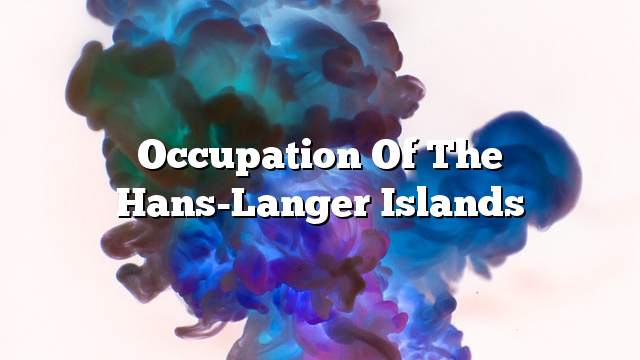Langer-Hans Islands
The islands of Langer Hans are small cells located on the pancreas and characterized by the form and function, and separate wall from the wall of the tissue is very high, and is the first to discover is the famous German scientist Paul Langerhans, and that is why his name was named, in the year one thousand eight hundred and nine Sixty Gregorian.
Where are the islands of Langer Hans
The Langer-Hans islands are located on the pancreas. The Langer-Hans islands account for 1 to 2 percent of the pancreas, with a total weight of one to one-and-a-half percent of the total pancreas mass, with a total of almost two million islands in the young person.
Occupation of the Hans-Langer Islands
Despite the small size of the Langer-Hans Islands, they are responsible for the most important processes in the human body, even if their function is impaired or impaired. They cause the occurrence of diabetes, a disease that was so deadly until recently that it became a controlled disease. And to live a normal life with him by using the treatment discovered by the German scientist Paul Langerhans, which is called insulin, and later emerged many other drugs that work side by side with him to control this disease is difficult and easy to control at the same time.
Cell types of Hans Langler
Alpha cells
Alpha cells are responsible for the secretion of glucagon, which works to release glucose from the inside of the liver and from within the muscles until the sugar in the blood structure to cover the need of the body of sugar and energy, these cells make up about 15 to 20 percent of the size of the general islands.
Beta cells
Beta cells occupy sixty-five percent of the total carrot volume, which is responsible for the secretion of insulin in the body. This hormone, which works to reduce any increase in blood glucose, stimulates cells to receive glucose in the body. Inside it and oxidize it to become the energy needed by the body to continue to perform its vital functions.
Delta cells
Delta cells are responsible for the secretion of a hormone called somatostatin, a hormone that works to reduce gastrointestinal activity in the stomach and inside the intestine.
Other cells
- BP cells: Which secrete a protein that regulates the amount of glucocaine stored in the liver.
- Epsilon cells: Responsible for a hormone called glyline, which regulates the feeling of hunger.
